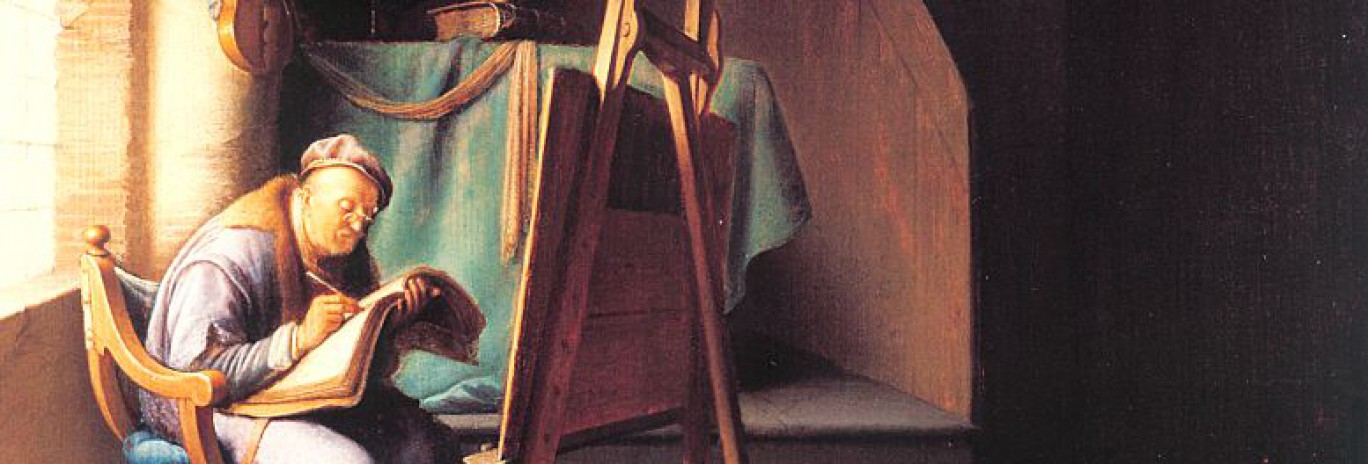Events
TECHNICAL ART HISTORY COLLOQUIUM XVII: Conservation History and its importance
The Technical Art History Colloquium is organised by Sven Dupré (Utrecht University and University of Amsterdam, PI ERC ARTECHNE), Arjan de Koomen (University of Amsterdam, Coordinator MA Technical Art History), Abbie Vandivere (University of Amsterdam, Coordinator MA Technical Art History & Mauritshuis, The Hague, Paintings Conservator), Erma Hermens (University of Amsterdam and Rijksmuseum) and Ann-Sophie Lehmann (University of Groningen). Monthly meetings take place on Thursdays. The seventeenth edition of the Technical Art History Colloquium is organised by Mireille te Marvelde, art historian and paintings conservator at the Frans Hals Museum | De Hallen Haarlem, and will focus on the topic of conservation history.
Introduction
In the Netherlands, as in other countries, the conservation profession is rooted in a long tradition of craftsmanship. Developments that began during the 19th century led to a profession that combines an academic way of thinking with manual work on art objects, the skills to perform technical research, and the ability to communicate with conservation scientists and art historians. In the 1970s, a general interest in the history of conservation grew. This has since turned into a full-fledged historical discipline (although its recognition has not yet been awarded in terms of academic jobs), and is constantly developing.
Conservation history studies the theoretical, ethical, philosophical, and technical aspects of the profession, considered within a larger historical context. This knowledge sheds light on the physical changes of works of art as a result of treatments over the course of time, and consequently on changes in appreciation of those works of art. Initially the research material for the history of conservation was sought in archives and historical literature. Nowadays the artwork itself has become an important source within this investigation. Acknowledging the history of conservation is important for art historians and conservation scientists alike, since questions on the making of works of art, their original appearance and consequently their meaning and use cannot be answered without understanding the changes over time and the reasons behind those changes.
Case study
Frans Hals painted three group portraits of the regents of charitable institutions. All three have been restored over the past few years and are now back on display for the first time in a small exhibition at the Frans Hals Museum, accompanied by a documentary. Thorough technical research and a study of the conservation history was carried out during the project. After a general introduction, two of the presentations of this colloquium will focus on several aspects of research into the conservation history of these paintings. Also, there will be a presentation about the 1930s cleaning controversy of Rembrandt’s The Syndics, which has its roots in the controversies surrounding the Haarlem paintings.
In order to ensure that you will be accommodated, RSVP to j.briggeman@uu.nl by 1 February 2018. Download the invitation and program in PDF here: TAH COLLOQUIUM 8 february 2018.


